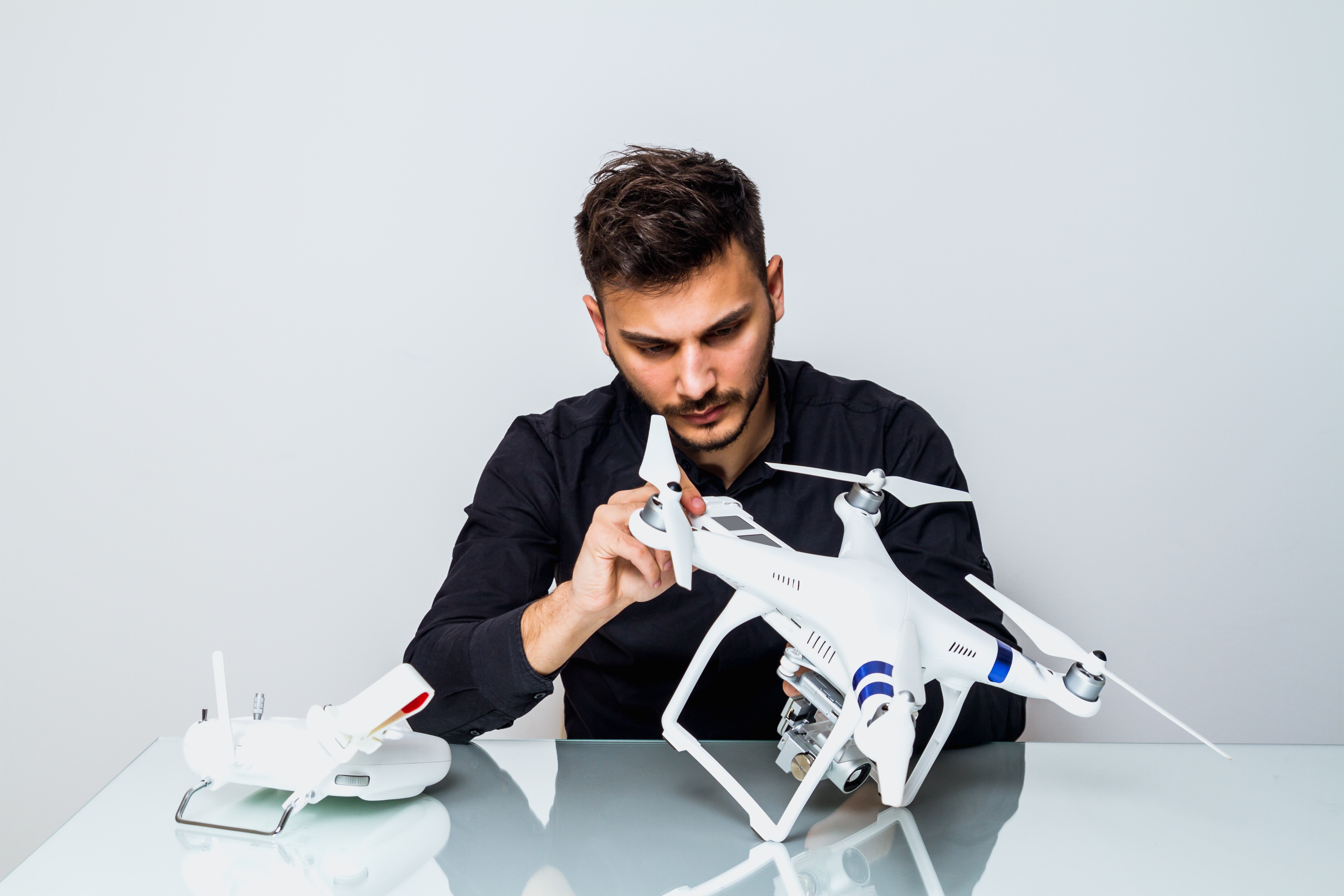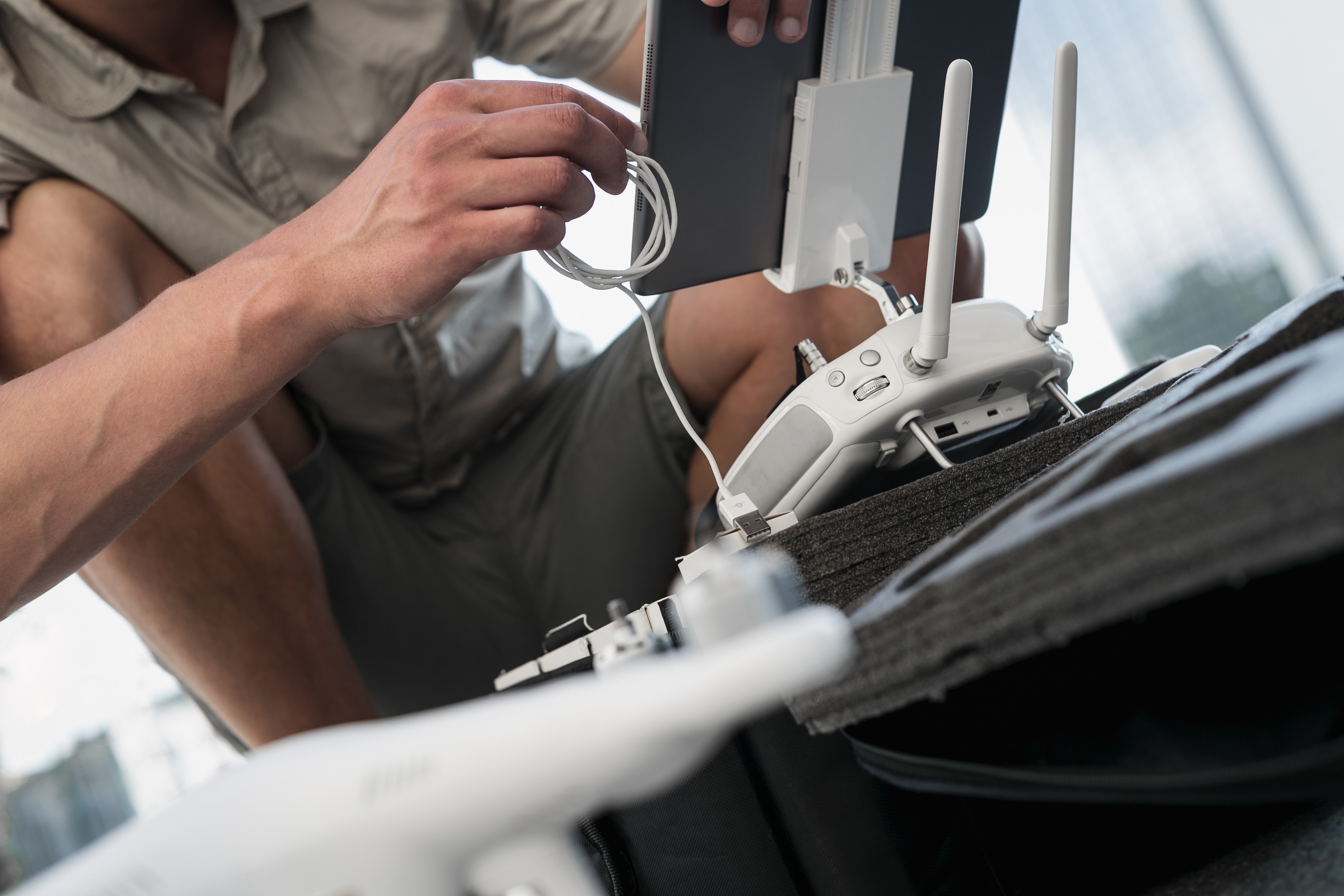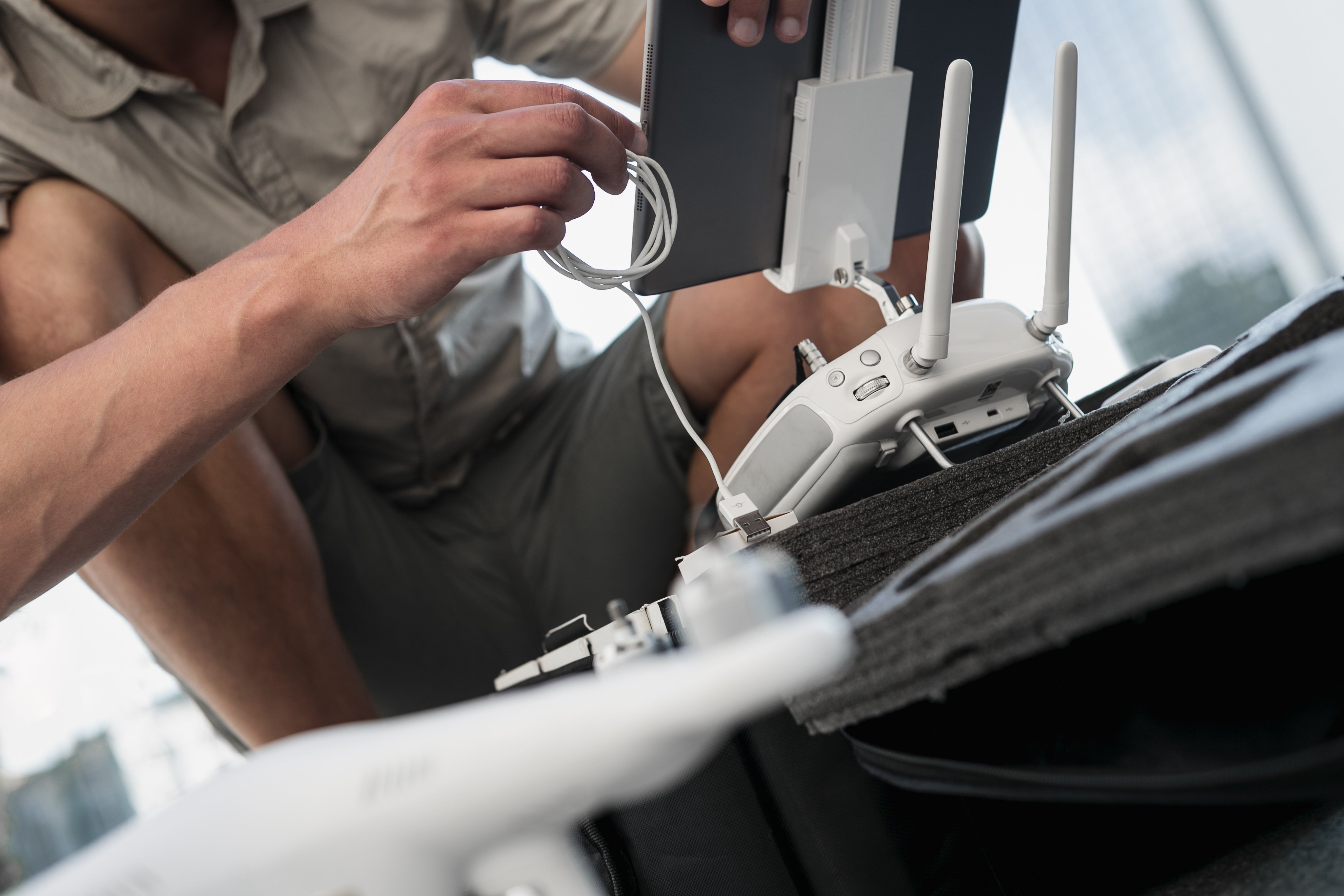Whether you fly your drone for commercial or recreational purposes, staying in the air as long as possible is the goal. But of course, the battery life of your drone can put a damper on how much you can accomplish while you're flying. Put simply, you don't want your battery to give up while you're in the middle of shooting video or have not yet checked off the photos you want to capture. To prevent these situations and maximize the time you have in the air, consider these tips your guide for maximizing your drone's battery life.
Before the Flight
Simply by taking the time necessary to plan out your flight, you can avoid a lot of the mistakes commonly associated with running out of battery power. Examine the property or area you're about to shoot, and estimate exactly where and how long each shot will be.
Make a Shot List
Professional photographers and videographers have long used shot lists, which help streamline and strategize their planning. Using the same concept for your drone flight helps you shorten the time in air and maximize your battery life as a result. You can even use the template to add up the estimated time it will take you to complete each shot to optimize your planning.
Check the Weather
Weather conditions can play a considerable part in how long your battery will last during the flight. Windy conditions require the drone's motor to do more work, draining your battery as a result. Humidity can have a similar effect, increasing the weight of your drone. Aim for a clear, dry, calm day if possible.
Remove Excess Weight
When it comes to battery life, every ounce counts. The heavier your drone, the more quickly your battery power will drain. Remove accessories you don't need for the flight in question, such as lens filters or propeller guards. If you don't plan to use your camera on a test flight, remove it as well.

During the Flight
Once the drone is in the air, you can take a number of additional steps to make sure that you get the most out of your battery.
Take a Test Flight
It's never a bad idea to take a rehearsal flight. On it, you can optimize your shot list and plan out the most effective ways to string together multiple locations. As a result, you don't have to constantly fly back and forth when taking photos or video.
Use Your Shot List
This is where one of the preparatory steps you took above will come in handy. Stick to your shot list, ensuring that you don't waste time in the air thinking about where the next location should be. It also helps you avoid spending too much time in any one location, avoiding battery drainage.
Take Multiple Photo Sets
Finally, always try to get more footage than needed in any one location. You don't want to land, only to find out that the pictures or videos you took didn't turn out. That requires a new flight and valuable battery life. Instead, take multiple sets of pictures at each stop. You can always edit your sets once the drone touches ground again.

Maintaining Your Battery
Ultimately, the above steps can help preserve your battery life on short notice, but you can only maximize your battery life if you take good care of your equipment. A few steps can help accomplish just that, ensuring that you take off with the best possible chance of a full charge.
Charge Before You Fly
Most drone batteries begin to drain automatically a few days after use. That means if you don't fly your drone on a daily basis, don't charge right after a flight. Instead, wait until the day of or the day before the flight to charge. That way, when it comes time to take off, you know that you'll have the full energy at your disposal.
Avoid Overcharging
Forgetting your plugged-in battery in your charger can have serious consequences for its life. Overcharging damages battery cells. Drone batteries are highly volatile, and can cause chemical fires when overcharged. And even avoiding that worst-case scenario will minimize your battery life and ultimately require costly replacement.
Properly Store Your Equipment
Batteries, particularly the volatile LiPo batteries most drones use, need to be stored in stable temperatures. You can purchase specific, fireproof bags that help ensure these conditions, but general guidelines apply regardless. Low humidity and room temperatures are crucial, whereas extreme heat or cold can cause significant damage.
Never Drain Your Battery
Finally, an old adage among batteries of all kinds is to let them drain completely before beginning to recharge them. For LiPo batteries, however, that might not be true. If you drain the battery below 3.0V per cell, you will cause damage that may ultimately require a new battery. A few minutes worth of extra flight time is generally not worth that expense.
Optimize Your Drone Piloting Skills
Properly preparing for your flight, optimizing your time in the air, and maintaining your battery will help you get the most out of each flight and continually improve your skills. Check out dronebase.com/pilots to get started on monetizing your drone flying skills!




.jpg?width=360&name=Banner%20Templates%20(12).jpg)
